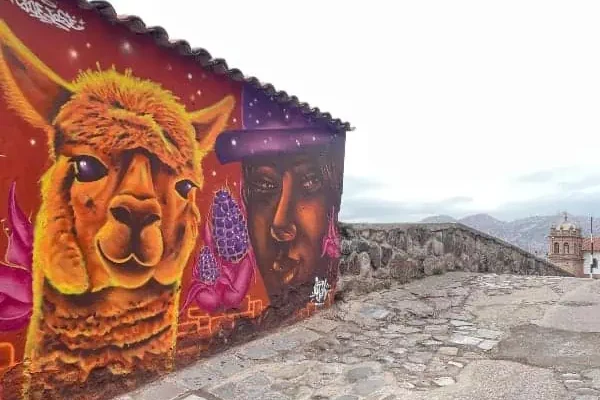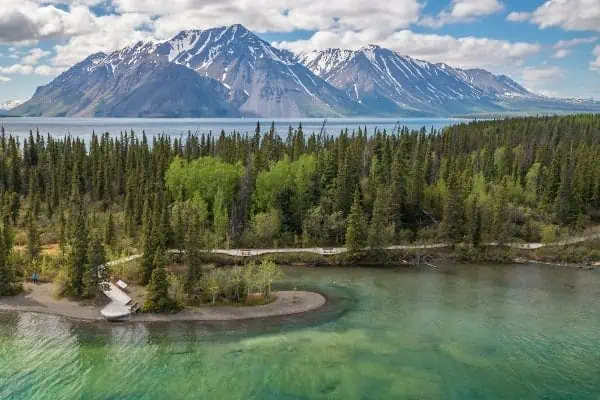The Zhange Danxia landform in Gansu, China; The Great Blue Hole in Belize; Tulip Fields in the Netherlands; Mount Roraima in Venezuela, Brazil, and Guana, and 23 more places make up a Buzzfeed list of “27 Surreal Places to Visit Before You Die”. Most of the time these placesto-see-before-you-die are oceans away in remote and exotic places.
Looking at these places, I yearn for the time and money to see every incredible thing there is to see. But then a visit to my bank statement sends me spiralling back to reality. Every now and then, however, a North American destination will weasel its way onto the list, and into my heart. “Mendenhall Ice Caves of Juneau, Alaska” reads one item on the list. When I saw this back in early 2014 my curiosity was piqued. What on earth is an ice cave? How big is it? How do you get inside? Do you need to rappel or climb?
I’ve never been spelunking — the technical word for cave exploring. Would it be like that, but a lot colder and bluer? Are there frozen woolly mammoths to be found inside? Or Superman’s Fortress of Solitude?
I had to know. The first thing to do, though, was get to Juneau — which includes a two-hour drive to Skagway, and a seven hour ferry ride through an incredible inlet, full of eagles and seals and other majestic Alaskan coastal animals.
Or so I’m told. When I went down it was late March, and there was nary a sea creature to be seen. Oh well.
Next you have to get yourself to the Mendenhall Glacier, which is where the cave is found, formed from surface melt-water running through and under the ice. Supposedly Iceland has a ton of these caves from its abundant geothermal activity. Stupid Iceland.
Luckily the Mendenhall Glacier is easy to access because there is a road practically right to its base. Now comes the hard part: finding the caves within the massive glacier itself.
When I was searching for this info, I came across some useful GPS coordinates online, and some not-so-useful info from park rangers and the like. For safety reasons and liability, most guides and park rangers recommend that youdon’t try and find the ice caves on your own. I suppose some people have been lost or hurt while tromping around on the Mendenhall. The info I had was to hike the west glacier trail (5.5 km), and then hike a little bit on the ice.
When we got to the visitor centre, however, the Mendenhall Lake was still frozen, so we bee-lined it to the base. After some initial exploring around the centre of the base (and getting a cold footsoaking), we could see a pretty distinct path in the snow leading to the west end. From there, there was another clear path up onto the ice and over a little hump. After the hump you climb over some rocks and boulders, and you are abruptly welcomed by the mouth of the cave.
Who needs directions or any idea of what one is doing? The path of 100 fools is plenty.
I was happy to discover that the deep intense blue I had seen in the article was actually that deep and intense in real life. I don’t know if it’s something I’ve inherited from my generation, but it seems that we’ve all become accustomed to digital alteration, to the point where we are constantly lowering our expectations for how things will “really” look.
The mouth and the cave itself are quite large, possibly five metres high and 10 metres across at some points. The bottom is all rocks and dirt, and a small stream. The ice is unlike any ice I’d ever seen before. Exceptionally smooth and clear. The surface is as if a giant sculptor had carved giant chips away. And the blue is the bluest blue of any blue.
It’s the stuff wintery-icy dreams are made of. At the end, there is a giant vertical tunnel straight up to the top, probably where melt-water first started the carving process. We explored the cave for an hour, and even had ourselves a picnic in the middle of some boulders.
The whole experience was just like the article said: surreal. What’s more, this beautiful thing owes its existence to our global warming disaster; ice caves are created from the melting of the glacier. How bittersweet.
This also means they are temporary. Last June a large part of the mouth collapsed, and the roof was becoming dangerously thin. Oh well, I guess there’s always Iceland.




